Conservation
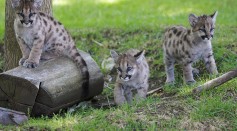
Low Genetic Diversity Is 'Cry for Help' to Conserve California Cougars
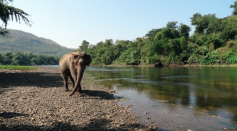
[Graphic Video] Elephant Searching for Food Dies After Electrocuted by a Fence of a Mango Farm in Thailand
Thousands of Endangered Antelope Deaths Have Scientists Investigating a Serious Concern
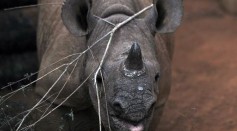
Hunter Pays $350,000 for the Opportunity to Kill Endangered Black Rhino, And He's A Conservationist
The Energy for a New Crawl—Galápagos Tortoises Feast on Invasive Plants for a New Foraging Technique
Project Aimed at Restoring the Everglades Far Behind Schedule
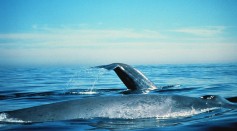
Giant Sea Animals Are Not So Giant After All
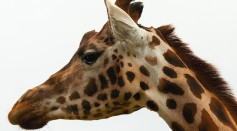
Endangered Subspecies of Giraffe Born in Chester Zoo, Raising Hope For The Future of The Species
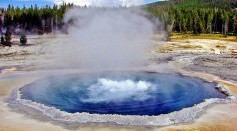
Yellowstone's Thermal Springs - Pollution and Their Unique Coloration
Most Popular

How Technology Is Changing the Real Estate Industry?

Study Reveals High Turnover in Scientific Research Careers: What This Means for Future Scientists

Nikolay Karpenko Biography, Photo, Career, Accomplishments

China’s Tiangong Space Station to Expand Its Capabilities With New Modules





